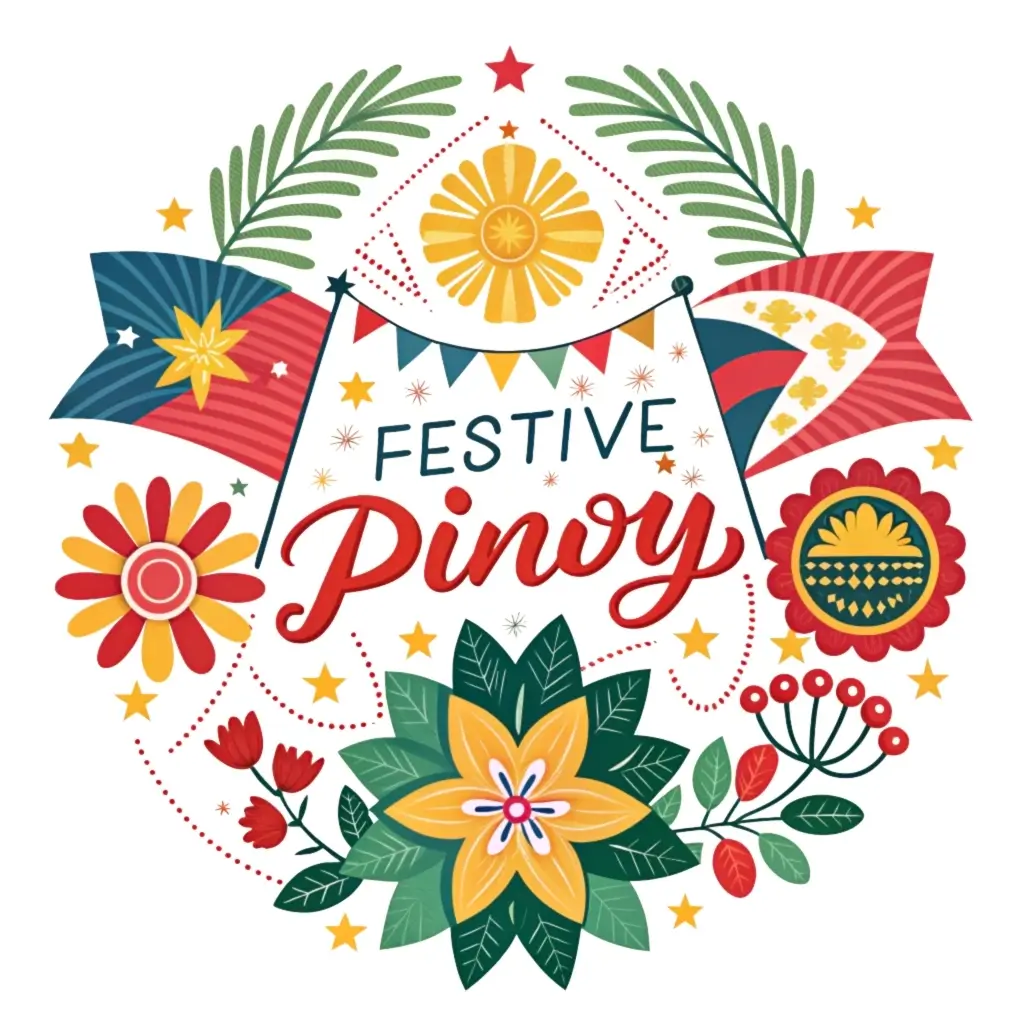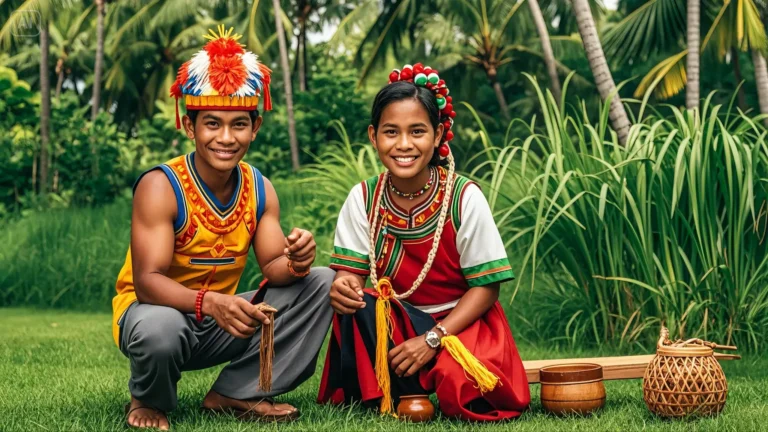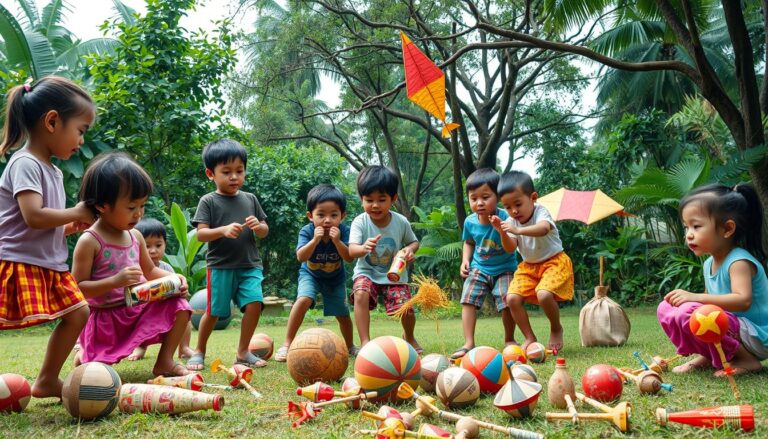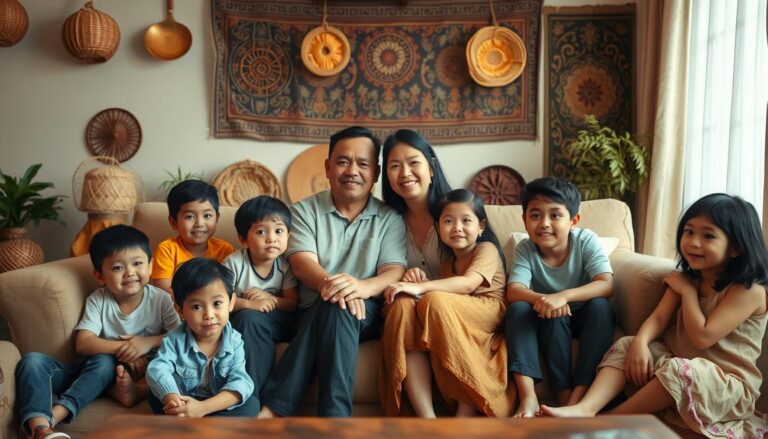Pagmamano (Respect Gesture) In The Philippines
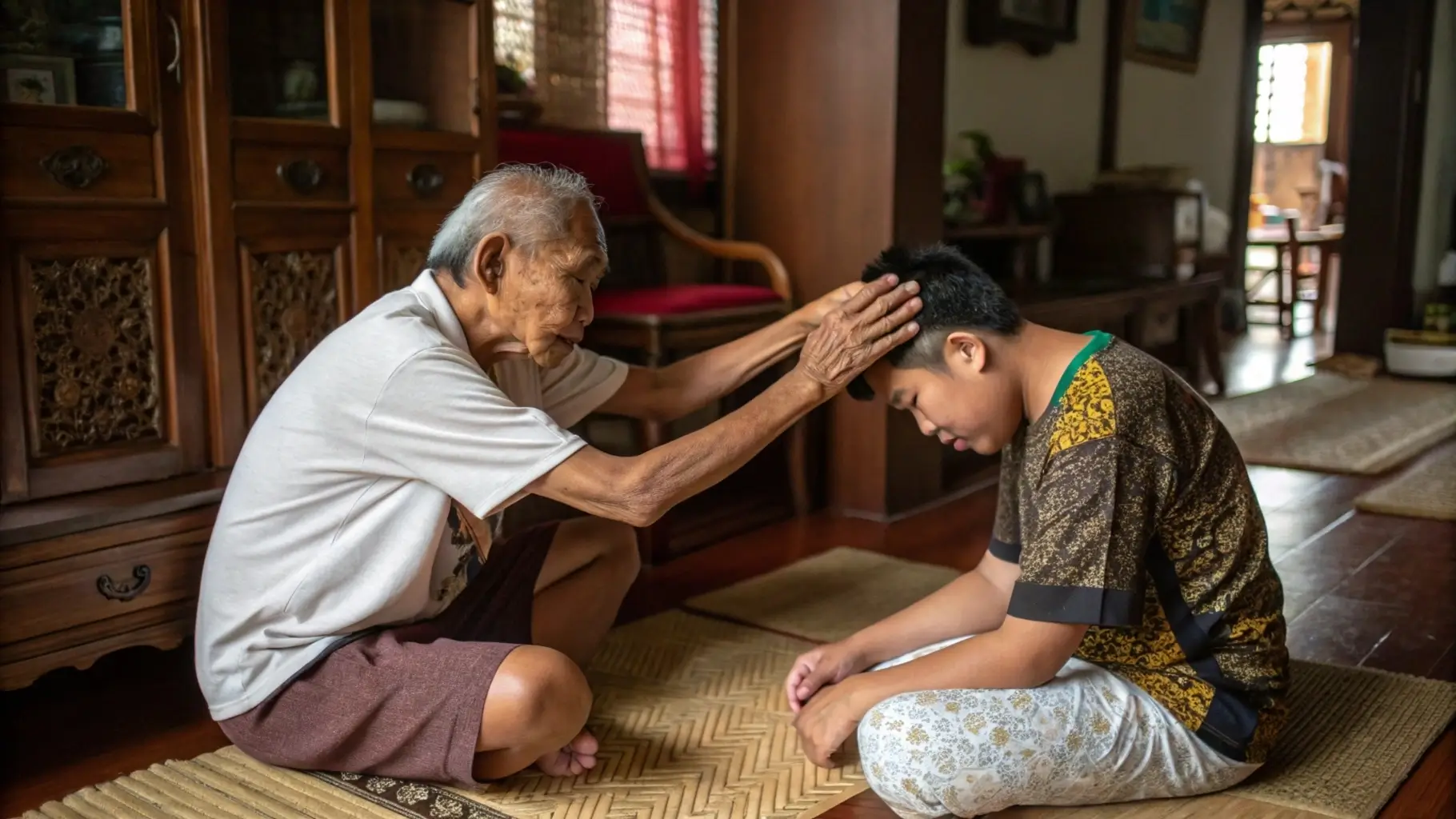
Pagmamano is a traditional Filipino gesture that represents deep respect for elders. It is both a cultural practice and a symbol of familial affection, often performed by the younger generation. Learning about this gesture offers insights into the values that Filipinos cherish, particularly their reverence for older members of the community.
This custom is a vital expression of the interconnectedness of Filipino society and serves as a reminder of the importance of gratitude, respect, and familial bonds.
What Is Pagmamano?
Pagmamano is the act of gently taking an elder’s hand and placing it on one’s forehead. This gesture is typically accompanied by the phrase “Mano po,” which directly translates to “your hand, please.” The practice is often performed when greeting parents, grandparents, aunts, uncles, and other senior figures within the family and community.
This gesture is similar in some respects to practices in other cultures that convey respect to elders, but pagmamano is uniquely Filipino, deeply rooted in the values of respect (galang) and community (kapwa). The emphasis on honouring the wisdom and experiences of older individuals is a significant element that distinguishes Filipino customs from others.
The elder’s blessing conveyed through the touching of the hand to the forehead, is believed to bring good fortune and serve as protection for the younger generation.
The Process of Pagmamano
Pagmamano is a simple but meaningful process. Here is how it is typically performed:
- Approach the Elder – Younger individuals approach elders, either after arriving or before leaving.
- Say “Mano Po” – Politely ask for their hand by saying, “Mano po” (which means “please give me your hand”).
- Take Their Hand – The younger person takes the elder’s right hand gently.
- Bring to Forehead – The hand is then lightly brought to touch the person’s forehead.
- Receive Blessing – Often, the elder gives a simple blessing, usually in the form of “God bless you.” Sometimes, elders also say short prayers or well wishes for the person’s health and success.
The entire act symbolizes a cycle of giving and receiving respect and blessings. For younger individuals, it is a demonstration of humility and appreciation for their elders, while for elders, it provides an opportunity to impart their wisdom and extend their blessings to the younger generation.
When Do Filipinos Practice Pagmamano?
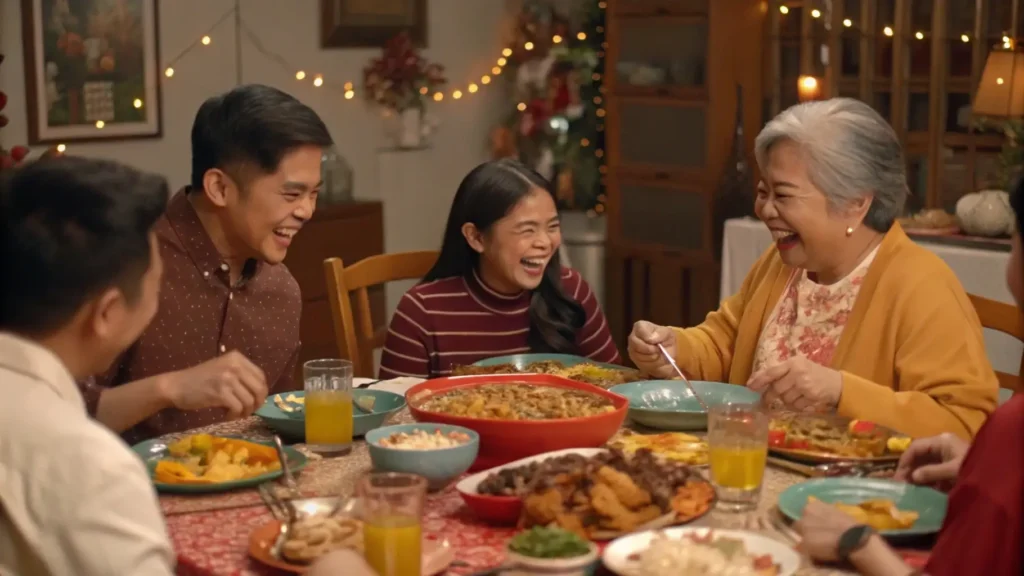
Pagmamano is done at particular times to show respect and seek blessings:
- Visiting an Elder’s Home: Upon arriving and before leaving, it is customary to ask for an elder’s blessing.
- After Church Services: Children often seek blessings from their parents or grandparents after attending religious gatherings as a sign of continued guidance.
- Family Gatherings: Especially during holidays or events like Christmas, Easter, and family reunions. On such occasions, pagmamano is not only a symbol of respect but also a reaffirmation of family ties.
- Special Occasions: During birthdays or anniversaries, younger relatives show their respect by performing pagmamano before congratulating the celebrant. This act adds a layer of meaning to the occasion by acknowledging the elder’s significance within the family.
In addition to these specific events, pagmamano can also occur as part of daily routines in more traditional households, particularly in rural areas where customs are still strongly observed. By integrating it into daily activities, the younger generation is constantly reminded of their duty to respect and honor their elders.
Why Is Pagmamano Important?
Pagmamano is important in Filipino culture for several reasons:
- Respect for Elders: It reflects the core Filipino value of respecting one’s elders. By performing pagmamano, young individuals show that they value the life experiences, knowledge, and sacrifices made by their elders.
- Connection Between Generations: It strengthens the bond between young and old family members. The simple act creates a bridge that links generations, fostering an atmosphere of understanding and continuity.
- Preservation of Tradition: This practice is a way of preserving Filipino heritage. In an increasingly modernized society, cultural practices like pagmamano serve as important reminders of identity and history.
- Instilling Values in the Young: Children who regularly practice pagmamano learn about humility, politeness, and gratitude. They understand the importance of giving respect where it is due, helping them grow up with a strong sense of moral responsibility.
| Benefits of Pagmamano | Description |
|---|---|
| Promotes Respect | Shows recognition of elder status and value. |
| Fosters Family Bonds | Reinforces family relationships, emphasizing interdependence. |
| Conveys Gratitude | Acknowledges the guidance and contributions of elders. |
| Encourages Positive Behavior | Encourages the younger generation to be humble and respectful. |
Similar Gestures in Other Cultures
Pagmamano isn’t the only gesture that reflects respect for elders. Here are some similar practices found around the world:
| Country | Gesture |
| Thailand | Wai – Palms together, head bowing to elders. It is a symbol of both greeting and respect. |
| India | Touching Feet – Showing reverence to elders by touching their feet and then touching one’s chest or head, symbolizing acceptance of blessings. |
| Japan | Bowing – Bowing to show respect, often varying in depth depending on age and status. It is seen as a sign of humility and respect. |
| Korea | Jeol (Korean Bow) – A deep bow performed on important occasions, such as New Year’s Day, to show respect to elders and ancestors. |
Pagmamano in Modern Times
With modernization, some Filipino families have seen a decline in traditional practices like pagmamano. Urban lifestyles, Western influences, and busy schedules have led to fewer opportunities for practising these customs, especially among younger generations. In many urban settings, young people might opt for less formal greetings, like a simple handshake or hug, instead of pagmamano.
However, many still practice it as a symbol of cultural pride, often during special occasions or within traditional households. Especially in rural areas or during family reunions, pagmamano remains a central part of the greeting process.
Interestingly, the gesture has also adapted slightly in recent times, especially due to health concerns like the COVID-19 pandemic. During the pandemic, physical contact became restricted, leading to a shift toward modified gestures, such as a nod while placing the hands together as if in prayer, accompanied by the words “Mano po.” This adaptation maintained the essence of respect while adhering to health protocols.
In another modern adaptation, many overseas Filipino families who may not practice pagmamano as regularly still take the time to incorporate it during virtual calls and family gatherings over video, ensuring that the custom is not forgotten.
How to Practice Pagmamano as a Visitor
If you are visiting the Philippines and want to show respect by practising pagmamano, here are a few tips:
- Be Observant: See how others approach the elders and follow their lead. Watch how members of the family greet each other to understand when and how to initiate pagmamano.
- Use the Phrase “Mano Po”: This is key to showing your understanding and respect. Saying “Mano po” indicates that you wish to participate in this respectful custom.
- Be Gentle: The act is light and done respectfully. No need to grasp the hand firmly or rush the movement. It should be smooth and gentle.
- Be Mindful: Not all elders may expect it, so it is wise to observe or ask in informal settings. In some cases, particularly among those who have adopted more modern ways, elders may simply offer a handshake or hug instead.
Practising pagmamano as a visitor is a heartfelt gesture that will endear you to Filipinos and reflect your willingness to respect their customs. It is a sign of cultural sensitivity that will be deeply appreciated.
Other Filipino Practices of Respect
Filipino culture includes other practices centred on respect, such as:
- Using “Po” and “Opo”: These words are added to sentences to show politeness when speaking to elders or those in authority. They signal respect and consideration for the other person’s age and status.
- Beso-Beso: A cheek-to-cheek greeting common among close family and friends. Unlike pagmamano, which is more formal, beso-beso is often reserved for family members and friends of similar age or younger.
- Titles of Address: Filipinos also use titles such as “Tita” (aunt), “Tito” (uncle), “Lola” (grandmother), and “Lolo” (grandfather) even for unrelated elders to show respect.
| Phrase | Meaning |
| “Po/Opo” | Adds politeness, shows respect, and acknowledges the other’s seniority. |
| “Tita/Tito” | Respectful terms for aunt/uncle are often used even for family friends. |
| “Lola/Lolo” | Grandmother/grandfather; used for both biological and honorary elders. |
These practices are integral in showing how respect runs deeply within the culture and daily interactions of Filipinos. The emphasis on respectful language and titles is another way Filipinos maintain a sense of reverence for their elders.
Summary: The Essence of Pagmamano
Pagmamano goes beyond a simple gesture. It represents an acknowledgement of the elders’ role in the family and community. This practice reflects values of respect, gratitude, and connection all important parts of Filipino culture. It is an embodiment of utang na loob (a debt of gratitude) that is intrinsic to the way Filipinos relate to one another.
Whether as a native Filipino or a curious visitor, understanding pagmamano is key to appreciating the warmth and respect that are central to Filipino interactions. It’s a beautiful way to connect across generations and carry forward a sense of heritage in everyday life. Beyond its cultural significance, it offers a reminder that respect for elders remains relevant, even in today’s modernized society.
Key Points Recap:
- Pagmamano is a gesture of respect, performed by taking an elder’s hand and touching it to one’s forehead.
- It strengthens family bonds and helps preserve Filipino culture.
- Practiced during visits, family gatherings, and special occasions.
- Modern adaptations exist, especially in response to health concerns, but the core value of respect remains.
- Pagmamano, along with respectful language and the use of titles, underscores the deeply embedded value of respect in Filipino culture.
If you ever find yourself in the Philippines, give pagmamano a try. It’s a wonderful way to share in the culture, show respect to those around you, and truly experience the warmth that defines Filipino hospitality and family connections.
